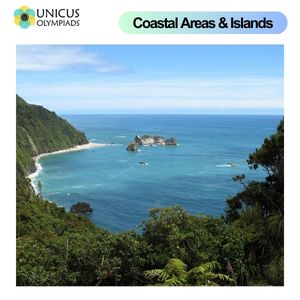

Earth's surface is shaped by a variety of landforms, ranging from towering mountains to vast deserts, fertile plains, and winding rivers. These landforms are not only crucial in determining the planet’s physical landscape, but they also play a significant role in the distribution of life. The environment provided by landforms influences climate, weather patterns, ecosystems, biodiversity, and human habitation. In this article, we will explore some of the major landforms around the world and discuss how they affect life, both in terms of natural ecosystems and human activities.
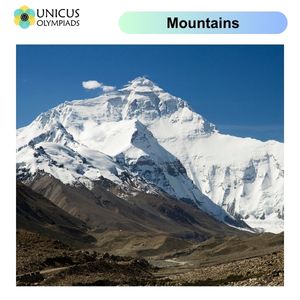
Mountains are large landforms that rise prominently above their surroundings, typically having steep slopes, a significant peak, and a summit that often reaches high elevations. They are found in almost every part of the world and are typically formed by tectonic forces, volcanic activity, or erosion. Notable mountain ranges include the Himalayas in Asia, the Andes in South America, the Rockies in North America, and the Alps in Europe.
Deserts are dry, barren regions that receive very little precipitation, typically less than 250 mm (10 inches) per year. They are found in both hot and cold climates and are characterized by extreme temperatures, sparse vegetation, and shifting sand dunes or rocky terrain. Some of the largest deserts in the world include the Sahara Desert in Africa, the Arabian Desert in the Middle East, and the Gobi Desert in Asia.

Rivers and lakes are freshwater bodies that are crucial for sustaining life on Earth. Rivers are long, flowing bodies of water that typically originate in mountains or springs and travel to oceans, seas, or other lakes. Some of the world’s longest rivers include the Amazon River in South America, the Nile River in Africa, and the Yangtze River in China. Lakes are inland bodies of water that can vary in size, ranging from small ponds to massive bodies like the Great Lakes in North America or Lake Baikal in Russia.
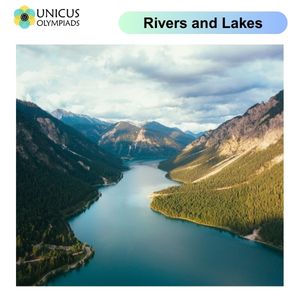
Forests cover about 31% of Earth's land area and are found in various regions of the world, depending on climate and geography. Tropical rainforests, such as the Amazons in South America and the Congo Basin in Africa, are characterized by high rainfall and biodiversity. Temperate forests, such as the Black Forest in Germany, thrive in cooler, wetter climates, while boreal forests, also known as taiga, are found in cold northern regions like Canada and Russia.
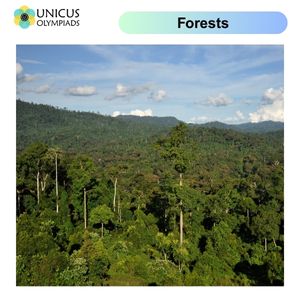
Plateaus are flat or gently sloping elevated areas, often surrounded by steep cliffs or mountains. Some famous plateaus include the Tibetan Plateau in Asia, known as the "Roof of the World," and the Colorado Plateau in the United States. Highlands are areas of high elevation, which may include mountain ranges or elevated plains, such as the Scottish Highlands or the Andean Highlands in South America.
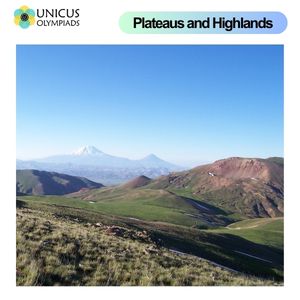
Coastal areas are regions where land meets the ocean or sea. These areas are crucial habitats for many species of plants, animals, and humans. Islands, such as Hawaii, New Zealand, and the Philippine Islands, are landmasses surrounded by water, often characterized by unique ecosystems due to their isolation.
